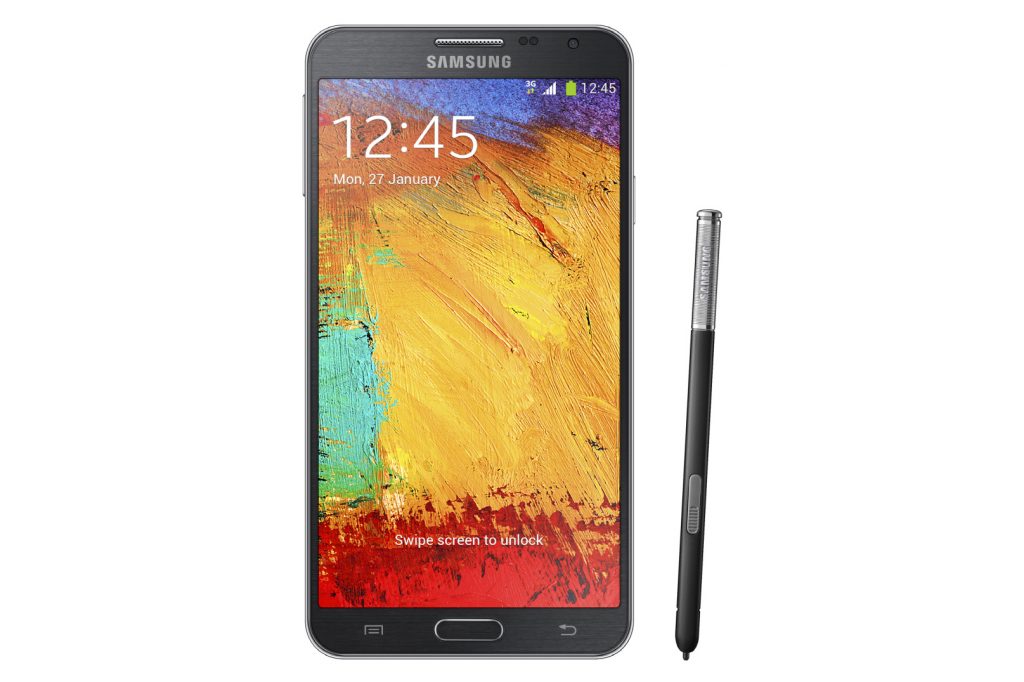Last Updated on July 17, 2022 by Mathew Diekhake
Rooting the Android operating system is the only way to get some of the apps out there that are available to run on your device. We call these the root-requiring apps, and there is nothing naughty about them for the most part. It is assumed that many of these apps are illegal or not wanted by Google, but the plain fact is that there is no use Google promoting them because they cannot run on a standard operating system.
That is not something Google enjoys doing. They do not block these apps because they do not like them. What Google does is lock the operating system the only way it knows how and one of the consequences of doing that is that it means that unfortunately, some apps will not work. Rooting the Android operating system changes all that, so you can run these apps, and they will finally work. However, you have to understand that by rooting the Android operating system that you are taking away the reasons Google had to lock it up in the first place which means you have less security and need to be more consciously aware of what around you in the online world.

It is for that reason that we try to explain that rooting is not for everybody. I would not bother to tell my father about rooting the Android OS even if I did have a reason as to why he should get it done. I wouldn’t do it because I know he doesn’t have the technical knowledge to negate the dangers of the online world for everything else that he does with his smartphone. You too should not recommend people root unless they are experienced and advanced Android users. That goes with the Samsung Galaxy Note 3 smartphone or any other smartphone that runs the Android operating system.
The CF-Auto-Root tool in this guide is for the SM-N9006 with the h3gzc name. Do not flash it on the other name version or else you risk bricking your device.
The rooting exploit in this guide for the Samsung Galaxy Note 3 device is based on the LRX21V.N9006ZCUGPA1 firmware build ID, which was part of an Android 5.0 Lollipop software update that rolled out to some regions. It does not mean you need to flash that same firmware on your Note 3 device. It is just there to be used as an indicator because some of the older Samsung devices will not boot old images.
Files You Need
- Download the new CF-Auto-Root file that works for the Galaxy Note 3 SM-N9006 running Android 5.0 updates from here.
- Download the Samsung USB Drivers for the Galaxy Note 3 on the computer from here.
You will need a computer that is running a version of the Windows operating system if you are going to use this guide or else you will not get the flashing tool working.
You must have the Samsung Galaxy Note 3 smartphone that has the SM-N9006 model number to use this guide or else you will brick the device.
There may still be some software updates that roll out for the Samsung Galaxy Note 3 smartphone in the future that update the Android operating system on the smartphone to a new version. Those are usually the larger updates, and when they come they can bring new bootloaders with them. The new bootloaders can present a problem for the Samsung Galaxy Note 3’s CF-Auto-Root tool in that it won’t flash or the smartphone will not boot after you flash the file to your device. These problems are always fixable and are only temporary both for the smartphone ad the rooting tool. For Chain fire to be able to fix the rooting tool, he relies on people submitting the new recovery image file of the official XDA-Developers thread that is made for the CF-Auto-Root tool so he can see your message and use the recovery image file to apply the necessary updates to the rooting files on his end. Once he makes those updates, they will be automatically reflected in our rooting guides you have here so you will always have the latest file possible.
Note that you can install a custom recovery after you root the Samsung Galaxy Note 3 smartphone using the CF-Auto-Root tool in this guide. Likewise, you can also have a custom recovery installed already before you get it rooted using this guide. It doesn’t matter which way you do it if you do indeed want to have both things running on your smartphone. Of course, you can just choose to have it rooted without a custom recovery too if you prefer. However, you will need both root and a new recovery if you are to get the chance to install custom firmware on the smartphone.
Also, note that the CF-Auto-Root tool by Chainfire will always trip Knox security if your device comes with Knox security. Not all devices do, however. In fact, the Knox is usually reserved for the most popular smartphones in the Samsung range.

Rooting the Samsung Galaxy Note 3 SM-N9006 smartphone running on the Android 5.0 Lollipop software updates
- Unlock the Developer Options feature on the Samsung Galaxy Note 3 smartphone if it is currently hidden.
- Enable the USB Debugging Mode feature on the Samsung Galaxy Note 3 smartphone so you can connect it to the computer with the USB cable later.
- Run the Samsung USB Drivers on the computer so your drivers can help your smartphone connect and be detected by the flashing application when it is running on the computer.
- Extract the rooting package to the desktop of the Windows computer and you will see the Odin flashing app and the rooting file on the desktop.
- Double-click the Odin flashing app so that the user interface of your tool is open on the desktop.
- Turn off the smartphone and reboot it directly into the download mode that is required before you connect it to the computer with the USB cable.
- One connected with the USB cable, check that you can see a yellow or blue color coming from the ID: COM port available from the Odin user interface.
- Click the AP button that is there from the Odin user interface and then upload your rooting file from the desktop location.
- Once you can see the file extension available from the AP area on the Odin user interface, click the Start button without changing any other default settings.
- Check out the display of your Samsung Galaxy Note 3 smartphone and wait until you can see that says your device is getting the SuperSU install, cleaning up the cache partition and then is reflashing the stock recovery.
- Check out the display on the computer for the Odin user interface to change one of the boxes to a green color and for it to give you a pass message available inside.
In conclusion, the Samsung Galaxy Note 3 smartphone with the SM-N9006 model number is now officially rooted on the Android 5.0 Lollipop software updates by using a newer version of the CF-Auto-Root tool by Chainfire. The SuperSU has been installed and enabled, and you will see it there available from your app drawers as soon as your smartphone automatically reboots in a moment. Everyone can open the Google Play Store and download the root checker application directly to the device and then open it to check what it says about your root status; many people prefer doing this because it makes any troubleshooting easier if you install a root app that doesn’t work. The root checker app is also handy for anyone who wants to check whether the device is unrooted later too, so keep it on your smartphone so you can use it later.
Those of you who have had a look at the root checker application and are now wondering why it says your Samsung Galaxy Note 3 smartphone is not rooted can try a couple of standard troubleshooting tips that usually fix the bulk of the problems people face when attempting to root the CF-Auto-Root tool. The first thing is that you need to check whether your smartphone is getting into the recovery mode or if it is not after the flashing completes. Chainfire says that a smartphone or tablet that doesn’t automatically boot into the recovery mode will need to get booted into the recovery mode manually or else it will not be rooted. You can do that by pressing the hardware button combination once the device is done flashing with the CF-Auto-Root tool and it should be rooted.
Moreover, for all those who need to try something else because the recovery mode was not working should check out one of the other versions of the Odin flashing application. Like the CF-Auto-Root, the Odin flashing applications work well for most device but sometimes it does not flash for a particular device–these times are often completely random, and there is nothing we can do about them. The only thing to do is just try another version with a different Odin number and try it again new numbered versions of the Odin flashing tool until one eventually works. There are about five versions of the Odin flashing tool that work well that you can try if you need them. All Odin versions are available to install from our Odin downloads page.
